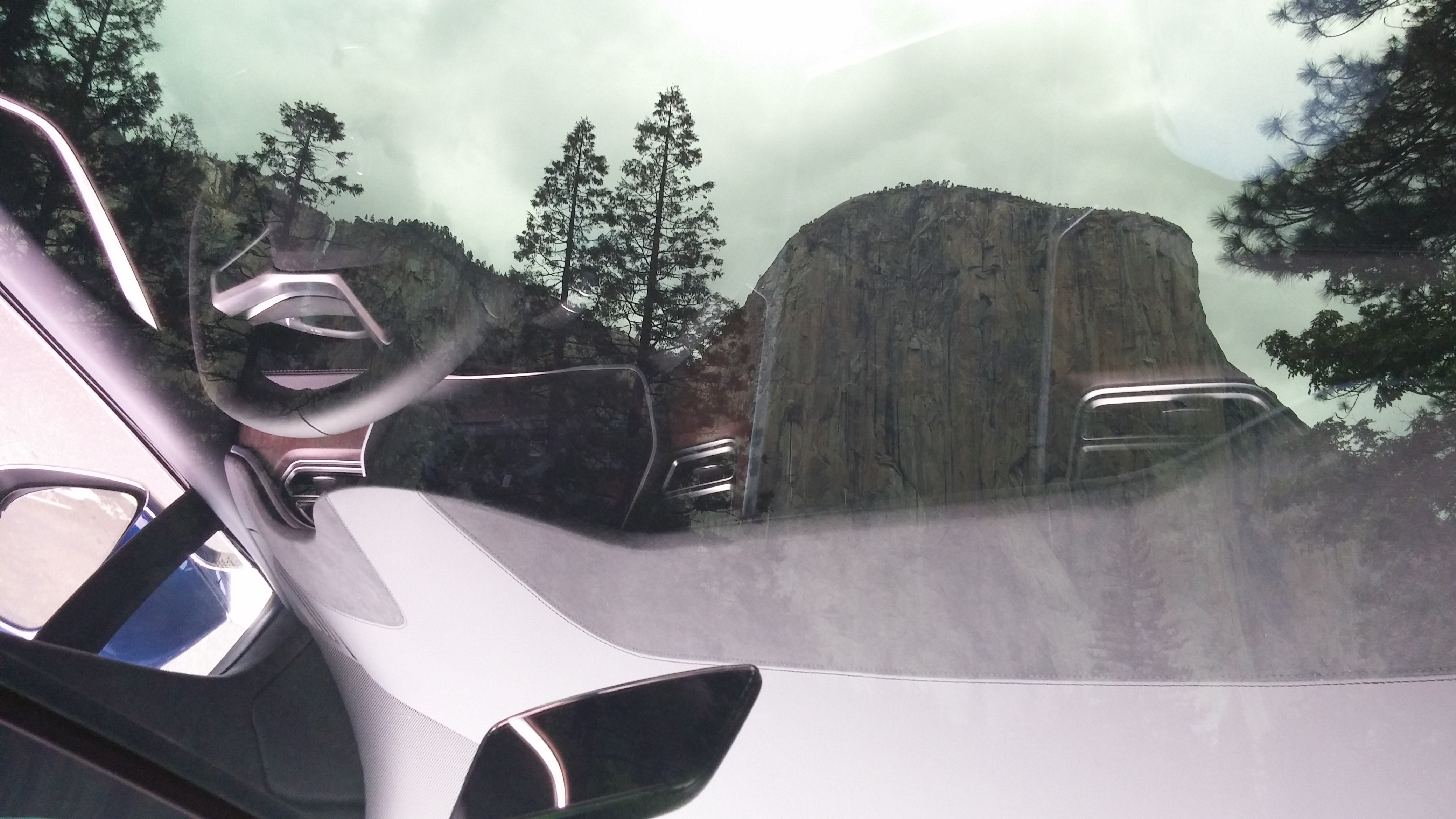Took a quick weekend road trip down the California coast with some camping. Things went well. A few notes:
Home to Seaside Supercharger: AP set at 75 on most highways. Minimal climate control. 157.2 miles, 332Wh/mi.
Seaside Supercharger to Pfeiffer Big Sur: Highway 1 manual driving. Winding, hilly roads but moderate speeds due to weekend traffic. 34.7 miles, 330Wh/mi.
Pfeiffer Big Sur to Seaside Supercharger: Highway 1 manual driving. Less traffic, faster speeds. 34.7 miles, 351Wh/mi.
Seaside Supercharger to home: AP set to 75, but lots of traffic/stop and go/etc. 159.8 miles, 358Wh/mi.
AP was great on the highways in almost all situations. The one situation where I was not thrilled was in stop and go traffic where the traffic would suddenly speed up to 30mph, then rapidly brake - and repeat this condition. AP waits too long to apply the brakes in that situation and it freaked me out a couple of times before I just disengaged until I got into a more normal traffic pattern.
And a very notable item. I was done charging at Seaside on the way home but was waiting on my son in the owner's lounge bathroom. All chargers were full, and I saw another white X pull up to charge, so I unplugged and moved so she could pull in. Same configuration as mine - pearl white 90D with UW interior. She thanked me and I said "nice choices". Walking back with my son, the owner pointed out that our license plates were a single digit apart. It makes sense when you realize that Tesla probably sent in all the applications based on build, but that was a first for me. My twin car in the wild, and consecutive plate numbers!



